Introduction
Front
{{section_header}}{{section.name}}{{/section_header}}
The {{product.name}} features a standard layout: detergent drawer and controls along the top, door underneath. The door has a slightly interesting design in that the window is slightly offset, creating a wider bezel on the bottom and a thinner one on the top.
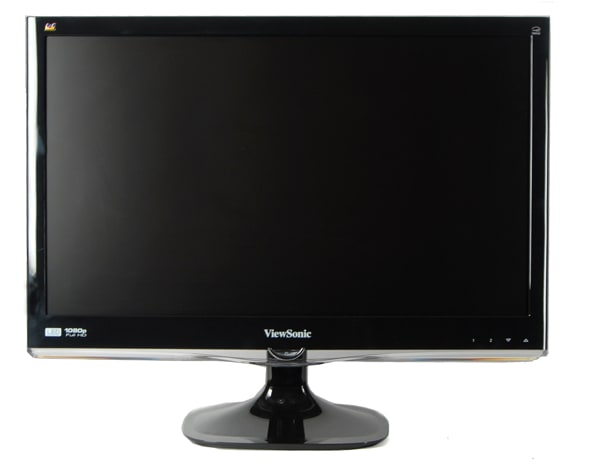
Controls
{{section_header}}{{section.name}}{{/section_header}}
The main control dial is flanked with a power button and a start/pause button. The dial will let you select a few different preset options: Rinse/Drain & Spin, hand wash, delicate, quick wash, normal/casual, bulky items, heavy duty, Whitest Whites, Allergen, and clean washer.
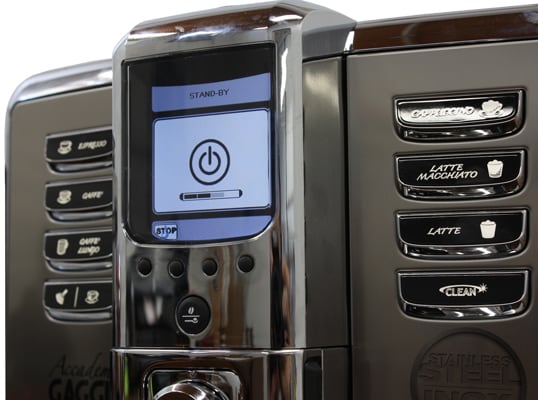
The {{product.name}} has a fairly large display to the right of its control dial. Here you can customize your wash cycle by adjusting the delay, temperature, spin speed, soil level, and end chime. There are also controls for EcoBoost, presoak, deep clean, extra rinse, fan fresh, and a control lock.
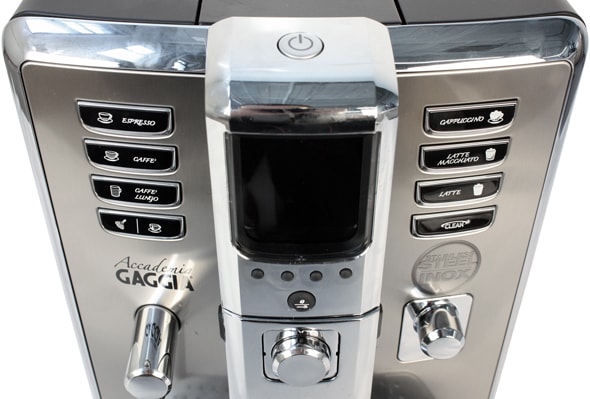
Interior
{{section_header}}{{section.name}}{{/section_header}}
The interior of the device is dotted with holes to allow water flow. There are a few agitators around the inside edge.
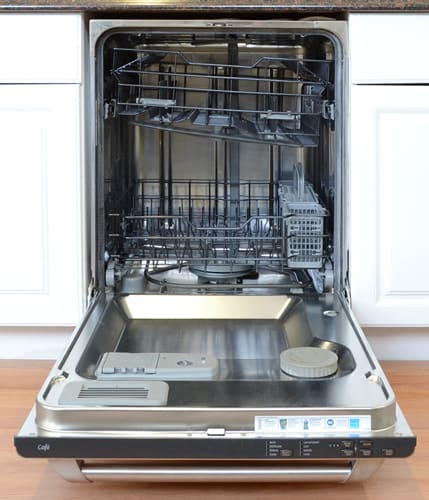
The interior of the CDWT980VSS.
Sides
{{section_header}}{{section.name}}{{/section_header}}
The sides of the device aren't very interesting.
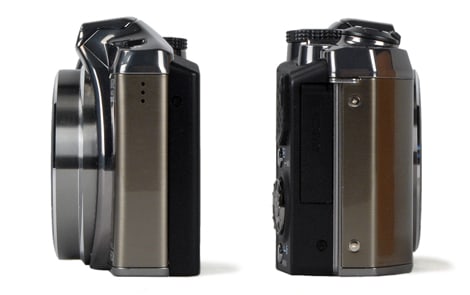
Olympus SZ-31MR iHS side views
Back
{{section_header}}{{section.name}}{{/section_header}}
The back of the {{product.name}} keeps its cord neatly coiled at the top. To its right you'll find the water hookups.
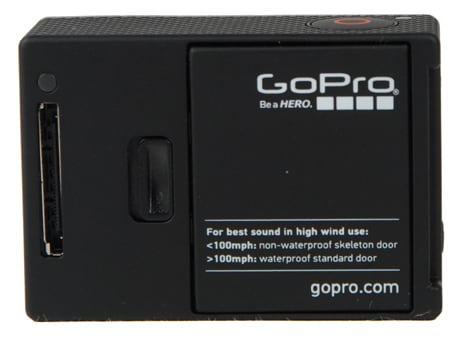
The clear tube on the left is where you connect the waste water hose. The plug is next, and coils up inside the body. After that are the hot and cold water hookups. Both are blue, which is slightly confusing, and they're only labeled with a large H and C to tell them apart. While it's not necessarily complex to figure out, other washers have much better differentiation.
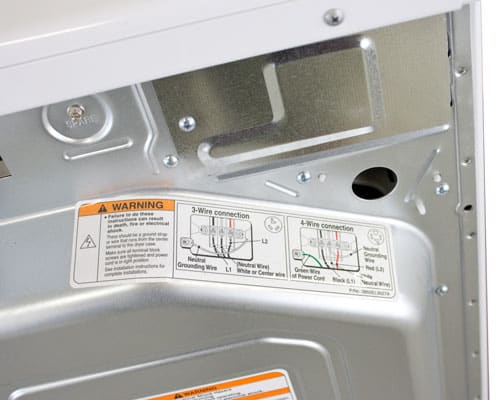
Electricity Use
{{section_header}}{{section.name}}{{/section_header}}
We found that the {{product.name}} used a little more electricity than many other washers, costing about 65 cents over a year for a typical user. However, the electricity use of a washer is only a small part of the cost, so it doesn't overly skew the results.
Water Use
{{section_header}}{{section.name}}{{/section_header}}
The {{product.name}} used a fairly average amount of water overall, ranging from just over 8 gallons for the quick wash to just over 17 gallons for the Whitest Whites cycle. Most of this was cold water, but the Whitest Whites and Heavy Duty modes did use a lot of hot water, with both using over 3 gallons. The Allergen mode was the biggest hot water user, though, using just over 4.5 gallons of hot water in its quest to rinse allergy-causing contaminants from the wash.
Cost Per Wash
{{section_header}}{{section.name}}{{/section_header}}
The {{product.name}} had a wide range of costs for the individual washes, ranging from 4.8 cents for the hand wash and delicate cycles to the 12.23 cents cost of the Allergen cycle, which uses a lot of hot water.
Yearly Running Cost
{{section_header}}{{section.name}}{{/section_header}}
The {{product.name}} is a very economical washer, using only a moderate amount of water (both hot and cold) and electricity. We calculated the cost per year for a typical user at $25.38, which is a little lower than average. This cost is based on an average of 392 loads a year, with a mix of washing cycles.
{{comparison_bars title="Yearly Running Cost", attribute="Yearly Running Cost", xLabel="Cost to run over a typical year ($)"}}
Washing Speed
{{section_header}}{{section.name}}{{/section_header}}
Washing Cycles
{{section_header}}{{section.name}}{{/section_header}}
The {{product.model}} offers 9 washing cycles, ranging from a 22 minute quick wash to an allergen reducing mode.
Customization
{{section_header}}{{section.name}}{{/section_header}}
A group of buttons below the screen allow you to customize the wash settings, including changing the temperature, spin speed, soil level and the noises that the washer makes.

Additional Wash Options
{{section_header}}{{section.name}}{{/section_header}}
Another row of buttons below the screen allow you to add in various wash options.

Washing Options
{{section_header}}{{section.name}}{{/section_header}}
Detergent Dispenser
{{section_header}}{{section.name}}{{/section_header}}
The detergent dispenser of {{product.name}} is a fairly standard arrangement, with sections for bleach, fabric softener and main wash. There is no pre-wash compartment: this machine only offers a presoak, not a pre-wash. One unusual touch is the level for liquid or powder detergent, which lifts and lowers a small door to hold in or allow the detergent to flow through. This is perhaps a more effective approach than a removable compartment that could easily get lost when not installed.
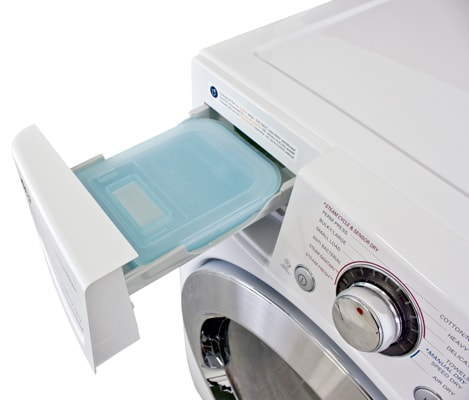
Washer Door
{{section_header}}{{section.name}}{{/section_header}}
The door of this washer has a recessed handle that gives it a clean, simple look, but it is hard to open and close. It requires a lot of force to wrench it open, and a lot of pressure to close. This might be an issue for some users, especially those with limited strength. These users may want to look elsewhere.

The interior of the CDWT980VSS.
Ease of Use
{{section_header}}{{section.name}}{{/section_header}}
The {{product.name}} is a fairly easy to use washer, with a simple rotary knob that makes selecting the appropriate wash cycle easy to select. The main control panel might be off-putting for some users, though: the number of buttons and lights on it could be somewhat bewildering for those who are more used to an older style washer with simple rotary controls.
Controls
{{section_header}}{{section.name}}{{/section_header}}
The {{product.name}} The washer mode is selected by rotating the wash control knob, with the current mode indicated by the light. This is easy to rotate and select the wash mode. Beside this knob, there are two buttons for power and to start the cycle.


Comparison
{{section_header}}{{section.name}}{{/section_header}}
Both clothes washers offer strong washing performance, but the Whirlpool has the edge. However, this is at least partly due to its longer wash cycles, which give the detergent more time to work. The LG offers a wider range of cycles, including a steam fresh feature that can freshen stale clothes without washing.
Normal Stain Performance
Comparison
{{section_header}}{{section.name}}{{/section_header}}
The LG is the cheapest of the two washers, priced at $740 against the $899of the Whirlpool. But you do get more for your money with the Whirlpool: better washing performance, more wash cycles and several extra features. So, if your budget can stretch to it, the Whirlpool is the better pick
Normal Stain Performance
Comparison
{{section_header}}{{section.name}}{{/section_header}}
The Kenmore is the cheaper of these two washers by $120 (priced at $779, against the $899 of the Whirlpool). But the Whirlpool was slightly better in our washing performance tests, so it could be worth the extra. Both washers offer a decent selection of cycles and other features, but the Whirlpool offers a couple of features that are not present on the Kenmore, such as the EcoBoost mode.
Normal Stain Performance
Efficiency
{{section_header}}{{section.name}}{{/section_header}}
We found that the {{product.name}} had good overall efficiency, using less electricity and water than many comparable washers. The typical cost to run this washer over a year would be about $25.38
Performance
{{section_header}}{{section.name}}{{/section_header}}
The washing performance was extremely good overall, with the Whitest Whites cycle in particular doing an effective job in our tests. The quick wash cycle was a little disappointing, though, doing little to shift the stains.
Features
{{section_header}}{{section.name}}{{/section_header}}
The {{product.name}} offers a good range of washing cycles and the ability to customize these to a good degree. The controls could be a little confusing for users who aren't comfortable with high-tech devices, though, and the door requires a significant amount of force to close.
Meet the tester

WasherDryerInfo.com Staff
Editor
WasherDryerInfo.com Staff is a valued contributor to the Reviewed.com family of sites.
Checking our work.
Our team is here to help you buy the best stuff and love what you own. Our writers, editors, and experts obsess over the products we cover to make sure you're confident and satisfied. Have a different opinion about something we recommend? Email us and we'll compare notes.
Shoot us an email